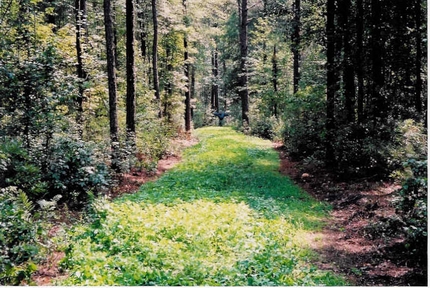
Well planned food plots can increase forage availability and at least partially compensate for decreases in suitable deer habitat. However, maximum benefits can be obtained only if forages complement the diet available from native vegetation and if forages are availalbe when vegetation is lacking or is low in nutritional value.
In most areas these stress periods occur during late summer and late winter. In addition to timing the availability of supplemental forage properly, landowners must also plant appropriate species in the best available sites, use correct planting techniques, and ensure soil fertility.
The area selected for planting will depend on the plant species to be establlished, warm- versus cool-season) and the goals of the landowner or deer manager. As a landowner, you may want to plant both types to supplement the usual lack of nutritous native forage in both late summer and late winter.